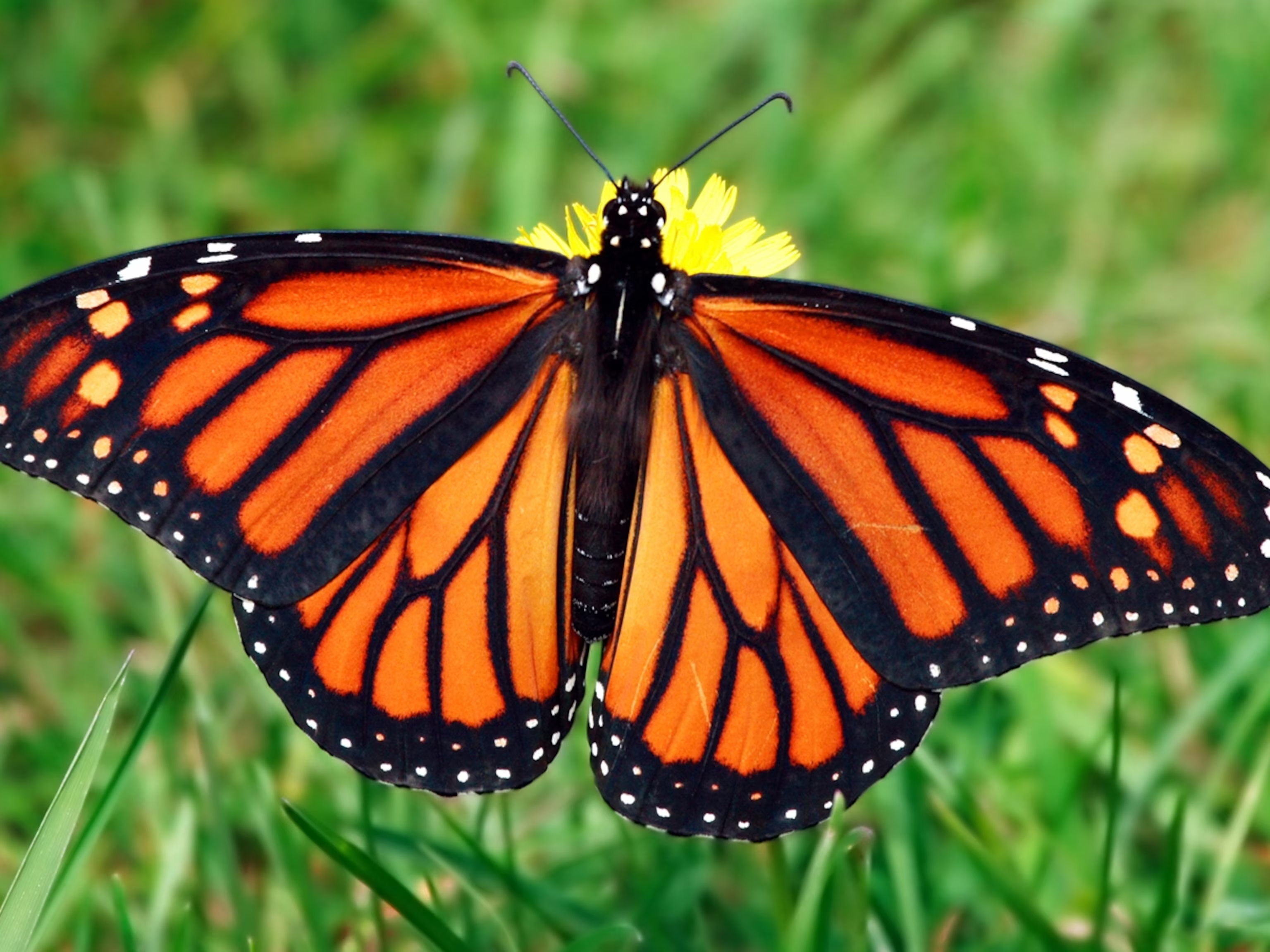
Butterflies are more than just pretty insects fluttering around gardens. Did you know there are over 20,000 species of butterflies worldwide? These delicate creatures play a crucial role in pollination, helping plants reproduce. Their life cycle, from egg to caterpillar to chrysalis to adult, is a fascinating transformation. Butterflies can see a range of colors, including ultraviolet light, which humans can't see. Some species migrate thousands of miles, like the Monarch butterfly traveling from North America to Mexico. Butterflies taste with their feet and have a straw-like mouthpart called a proboscis for sipping nectar. Ready to learn more? Let's dive into 30 amazing facts about butterflies!
Butterfly Anatomy
Butterflies are fascinating creatures with unique physical features. Let's dive into some interesting facts about their anatomy.
- Butterflies have four wings. These wings are covered in tiny scales that give them their vibrant colors and patterns.
- Their wings are transparent. The scales on their wings are what create the colors, but the wings themselves are made of a thin layer of chitin, which is transparent.
- Butterflies taste with their feet. They have taste sensors on their feet that help them find food by landing on plants.
- They have a proboscis. This long, tube-like tongue allows them to sip nectar from flowers.
- Butterflies have compound eyes. These eyes are made up of thousands of tiny lenses, giving them a wide field of vision.
Butterfly Life Cycle
The life cycle of a butterfly is a remarkable process that includes several stages of transformation.
- Butterflies undergo metamorphosis. They start as eggs, hatch into caterpillars, become pupae, and finally emerge as adult butterflies.
- Caterpillars are eating machines. During the larval stage, they consume large amounts of leaves to fuel their growth.
- Pupation occurs in a chrysalis. Unlike moths, which spin cocoons, butterflies form a hard shell called a chrysalis.
- Metamorphosis can take weeks. The transformation from caterpillar to butterfly can take anywhere from a few weeks to several months.
- Some butterflies migrate. Species like the Monarch butterfly travel thousands of miles to find suitable climates for breeding and feeding.
Butterfly Behavior
Butterflies exhibit a range of behaviors that help them survive and thrive in their environments.
- Butterflies are cold-blooded. They rely on external heat sources to regulate their body temperature.
- They bask in the sun. Sunbathing helps them warm up their muscles for flight.
- Butterflies use camouflage. Some species have wing patterns that blend into their surroundings, helping them avoid predators.
- They can mimic other species. Certain butterflies mimic the appearance of toxic species to deter predators.
- Butterflies communicate with colors. Bright colors and patterns can signal to potential mates or warn predators of their toxicity.
Butterfly Diet
Butterflies have specific dietary needs that vary throughout their life stages.
- Caterpillars eat leaves. They have strong jaws for chewing through plant material.
- Adult butterflies drink nectar. Their proboscis allows them to reach deep into flowers to sip nectar.
- Some butterflies drink from mud puddles. This behavior, called "puddling," helps them obtain minerals and nutrients.
- Butterflies are attracted to certain flowers. They prefer brightly colored flowers with strong scents.
- They can also feed on rotting fruit. Overripe fruit provides a source of sugar and nutrients.
Butterfly Habitats
Butterflies can be found in a variety of habitats around the world.
- Butterflies live on every continent except Antarctica. They thrive in diverse environments, from tropical rainforests to arid deserts.
- They prefer sunny areas. Open, sunny spaces with plenty of flowers are ideal for butterflies.
- Butterflies need host plants. Specific plants are required for laying eggs and feeding caterpillars.
- Urban gardens can attract butterflies. Planting native flowers and avoiding pesticides can create a butterfly-friendly environment.
- Some butterflies live in forests. These species often rely on the understory plants for food and shelter.
Butterfly Conservation
Conservation efforts are crucial for protecting butterfly populations and their habitats.
- Habitat loss is a major threat. Urbanization, agriculture, and deforestation reduce the available habitats for butterflies.
- Climate change affects butterflies. Changes in temperature and weather patterns can disrupt their life cycles and migration routes.
- Pesticides are harmful. Chemicals used in agriculture and gardening can kill butterflies and their larvae.
- Conservation programs exist. Organizations work to protect butterfly habitats and raise awareness about their importance.
- You can help butterflies. Planting native flowers, reducing pesticide use, and supporting conservation efforts can make a difference.
The Final Flutter
Butterflies are more than just pretty insects. They play a crucial role in pollination, helping plants reproduce. Their vibrant colors and patterns aren't just for show; they serve as camouflage and warnings to predators. Butterflies also have fascinating life cycles, transforming from caterpillars to beautiful winged creatures through metamorphosis. They can be found on every continent except Antarctica, making them a global symbol of beauty and change.
Understanding these facts can deepen our appreciation for butterflies and the important roles they play in our ecosystems. Next time you see one fluttering by, remember there's a lot more to these delicate creatures than meets the eye. So, let's cherish and protect them, ensuring they continue to grace our world with their presence.
Was this page helpful?
Our commitment to delivering trustworthy and engaging content is at the heart of what we do. Each fact on our site is contributed by real users like you, bringing a wealth of diverse insights and information. To ensure the highest standards of accuracy and reliability, our dedicated editors meticulously review each submission. This process guarantees that the facts we share are not only fascinating but also credible. Trust in our commitment to quality and authenticity as you explore and learn with us.
